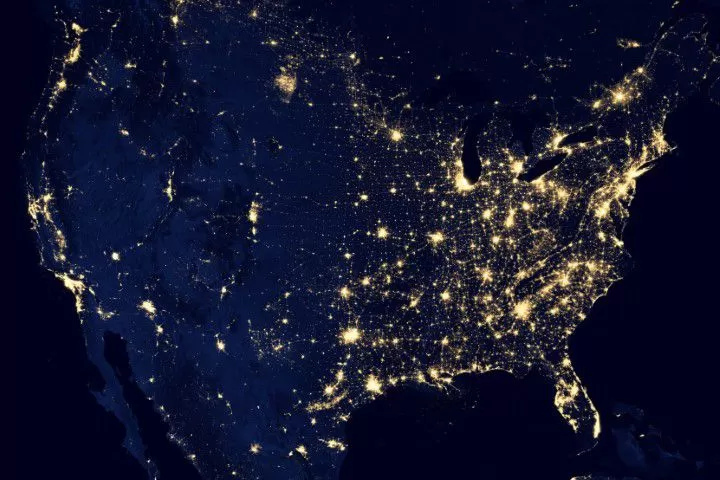
Single-use plastics, those convenient yet disposable items like straws, bags, utensils, and packaging, have become ubiquitous in modern life. However, their convenience comes at a steep environmental cost. These plastics, designed to be used once and then discarded, are filling up America’s landfills at an alarming rate, creating a significant environmental challenge that threatens ecosystems and contributes to the growing landfill crisis.
The Proliferation of Single-Use Plastics
The rise of single-use plastics can be traced back to the mid-20th century, when advances in plastic manufacturing made it possible to produce cheap, lightweight, and durable products on a massive scale. Initially hailed as a breakthrough for convenience and hygiene, these plastics soon became a staple of everyday life, from grocery bags to takeout containers. Today, Americans use billions of single-use plastic items each year, many of which are discarded after just a few minutes of use.

The problem with single-use plastics is that they are designed for disposability, not sustainability. Unlike organic materials that decompose relatively quickly, plastics can persist in the environment for hundreds of years. Even when they do break down, they often fragment into microplastics—tiny particles that can infiltrate ecosystems, waterways, and even the food chain.
The Impact on Landfills
Single-use plastics contribute significantly to the volume of waste in America’s landfills. According to the U.S. Environmental Protection Agency (EPA), plastics accounted for over 18% of all municipal solid waste in 2018, a sharp increase from just a few decades earlier. Much of this plastic waste consists of single-use items that are discarded after brief use, reflecting a throwaway culture that prioritizes convenience over environmental responsibility.
Landfills are becoming increasingly overwhelmed by plastic waste. These facilities are designed to manage waste in a way that minimizes environmental harm, but the sheer volume of plastic entering landfills makes this task increasingly difficult. Plastics take up valuable space, and because they do not decompose like organic matter, they remain in landfills indefinitely, contributing to long-term environmental problems.

One of the biggest concerns with plastics in landfills is the production of leachate, a toxic liquid that forms when rainwater percolates through the waste. This leachate can contain harmful chemicals from plastics, which, if not properly managed, can seep into groundwater and contaminate nearby soil and water supplies.
Environmental and Health Risks
The environmental impact of single-use plastics extends beyond landfills. When plastics are not properly disposed of, they often end up in the environment, where they can cause significant harm to wildlife. Marine animals, for example, can mistake plastic debris for food, leading to ingestion and often death. Birds, fish, and other animals can also become entangled in plastic waste, leading to injury or death.
In addition to the physical hazards posed by plastic waste, the chemicals used in plastic production can leach into the environment, posing risks to both wildlife and human health. Some of these chemicals, such as bisphenol A (BPA) and phthalates, are known endocrine disruptors that can interfere with hormonal systems, leading to reproductive and developmental problems.
The Need for Action
Addressing the problem of single-use plastics requires a multifaceted approach that includes reducing plastic production, increasing recycling, and promoting the use of sustainable alternatives. Governments, businesses, and consumers all have roles to play in curbing the plastic tide.
Policy measures, such as bans on certain single-use plastics, can help reduce the amount of plastic waste generated. At the same time, increasing investment in recycling infrastructure is essential for managing the plastic waste that is already in circulation. Consumers, too, can make a difference by choosing reusable products and supporting companies that prioritize sustainability.
Conclusion
Single-use plastics are filling up America’s landfills at an unsustainable rate, contributing to environmental degradation and posing significant risks to both ecosystems and human health. Addressing this issue requires a collective effort to rethink our reliance on disposable plastics and embrace more sustainable practices. By taking action now, we can reduce the burden of plastic waste on our landfills and create a cleaner, healthier environment for future generations.
Sources

Peter Lars has long been an advocate for reusing and recycling whenever you can. He has a passion for writing about every related to landfills and garbage dumps, and unlikely as that may seem.
Landfill Art: How Artists are Turning Trash into Creative Masterpieces
In a world where waste is often viewed as nothing…
Plastic Perils: How Single-Use Plastics are Filling Up America’s Landfills
Single-use plastics, those convenient yet disposable items like straws, bags,…
The History of Landfills in America: How Waste Management Evolved Over the Decades
The history of landfills in America is a fascinating journey…
The Circular Economy: Can It Solve America’s Landfill Problem?
As America grapples with its mounting landfill crisis, the concept…
Landfill Legacy: The Environmental Justice Issues Surrounding Waste Disposal in America
In the United States, the legacy of landfills is more…
The Role of Landfills in Climate Change: What Americans Need to Know
When we think about climate change, images of smokestacks, deforestation,…





